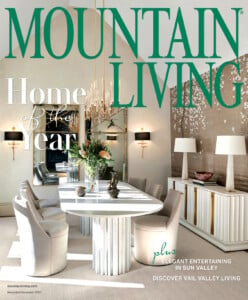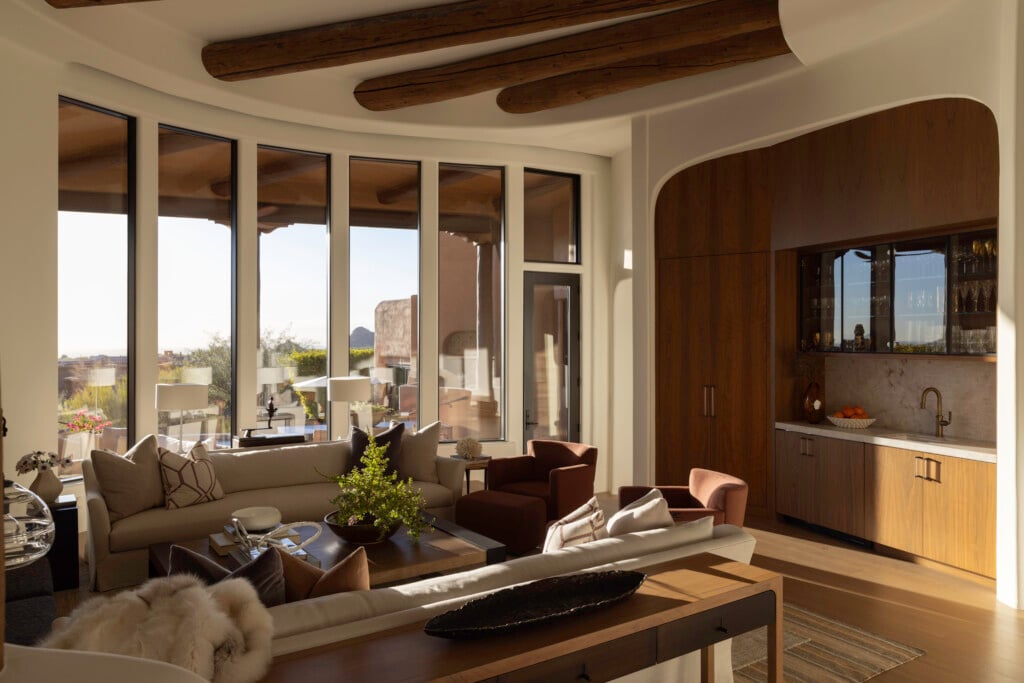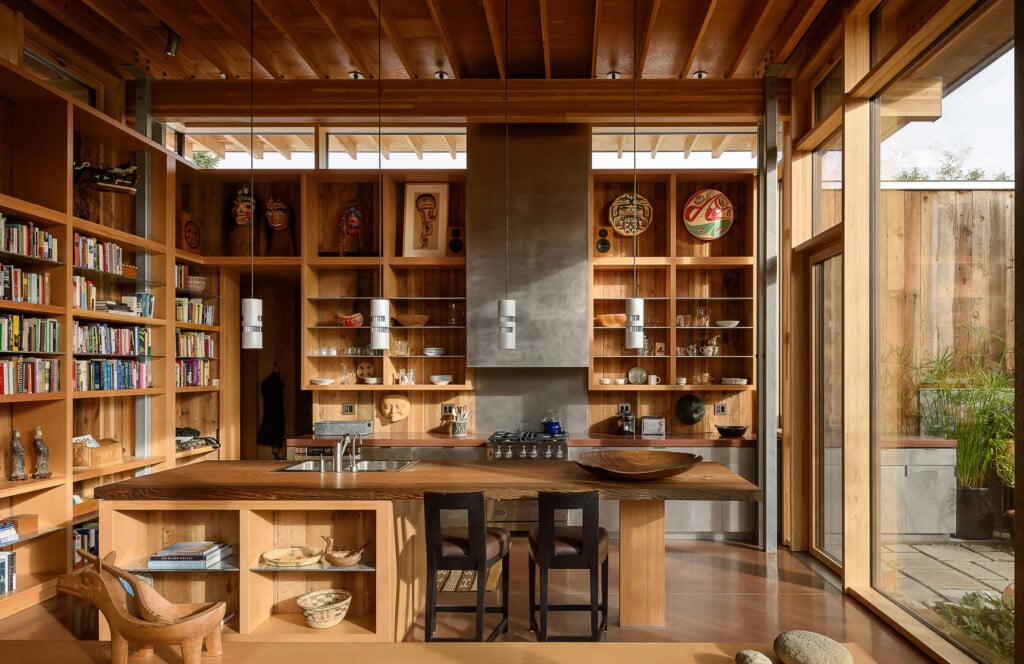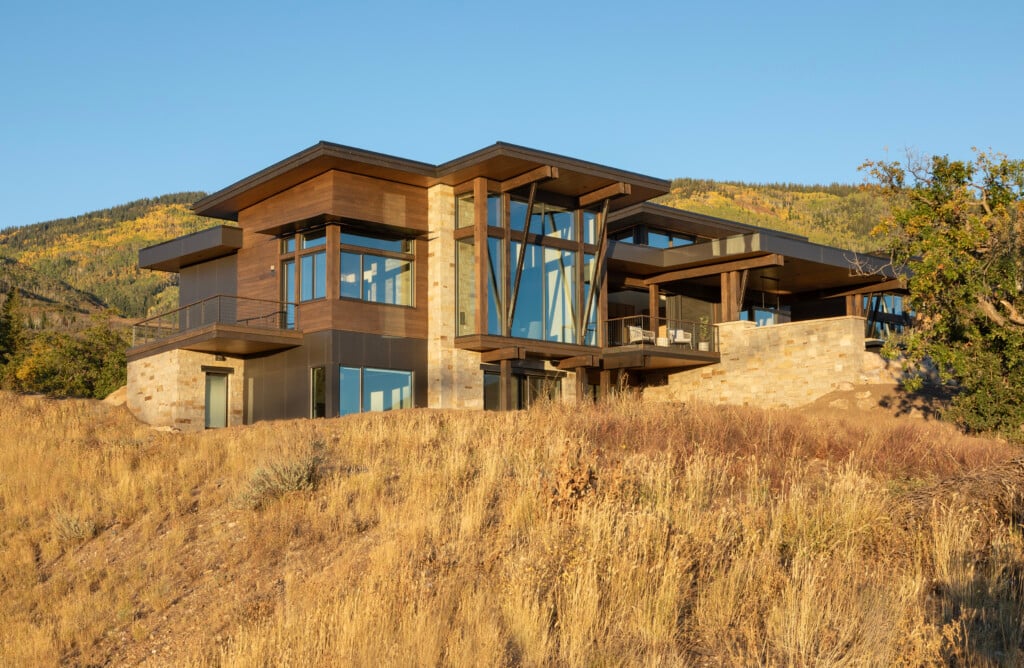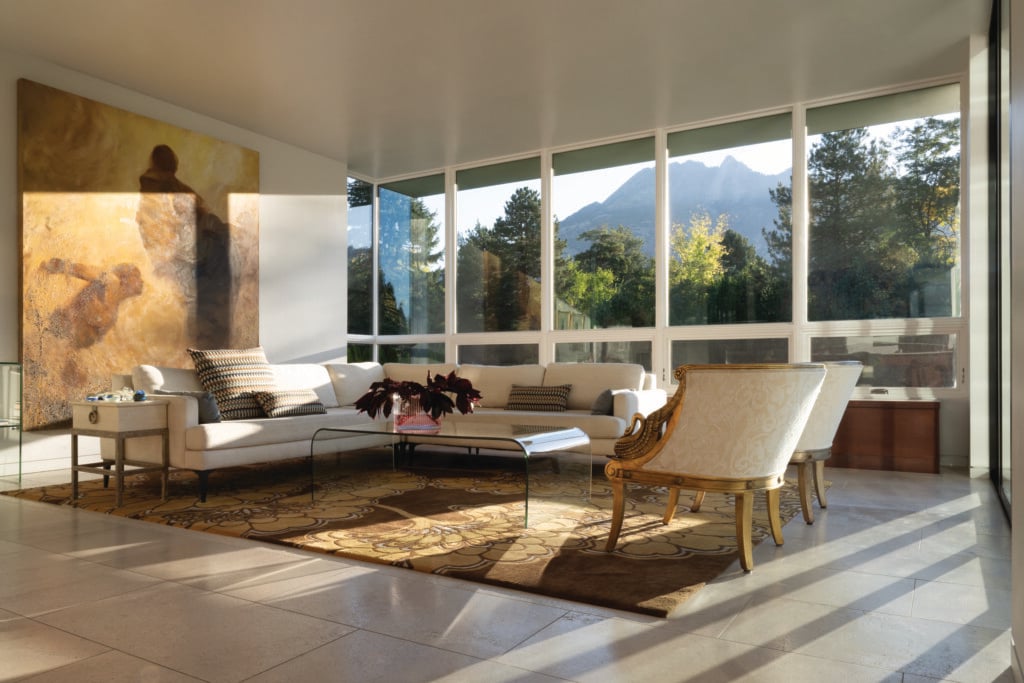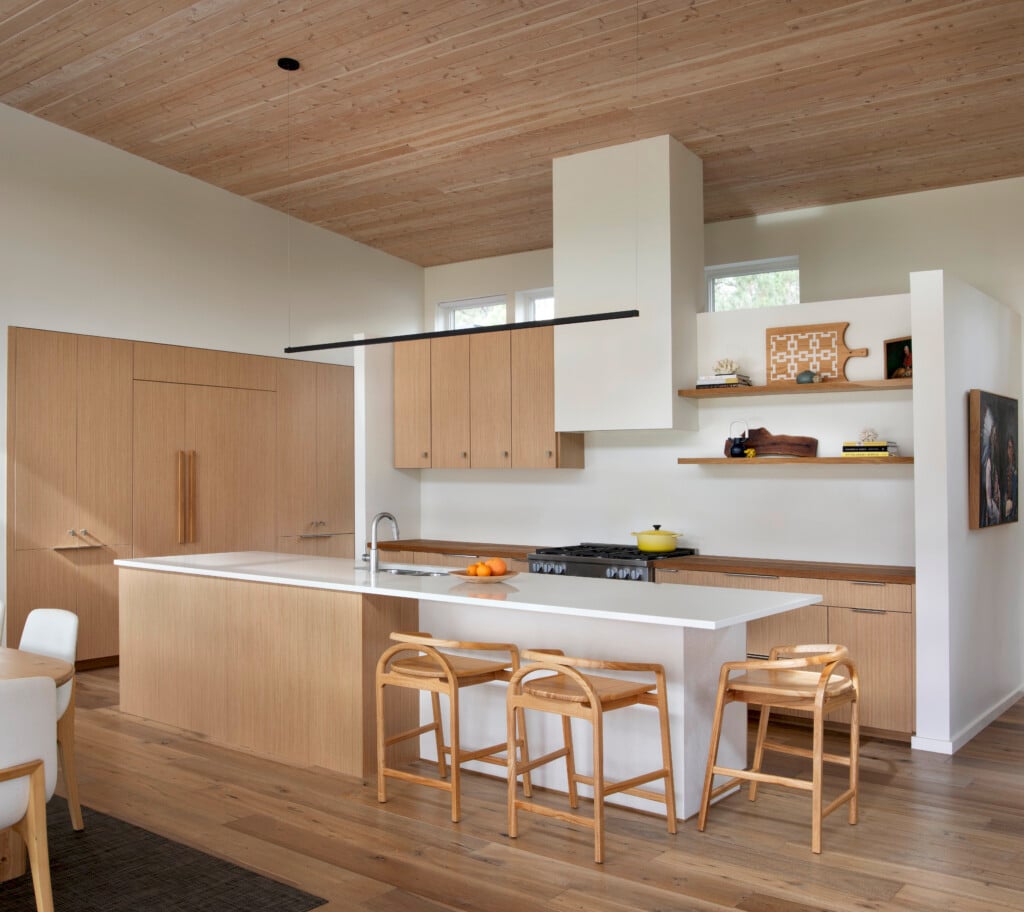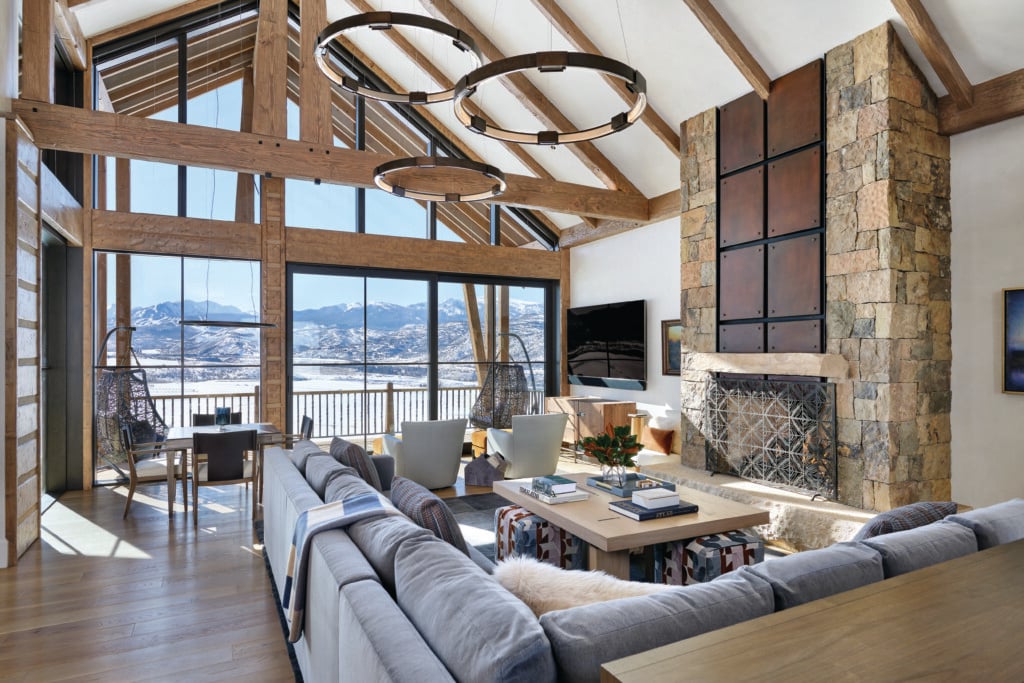8 Reasons to Build with Timber Framing in the Rockies
From sustainability to cost efficiency, timber creates an aesthetic mountain look
With the majestic Rocky Mountains as a backdrop, timber frame structures have always been a perfect fit for building in the West. Timber conjures up mountain settlers building sturdy homes and ranches, tales of strength and survival and rough-and-ready cowboys intent on taming the rugged lands. Timber structures are part of the lore and cultural identity of the frontier, and their continued popularity is testament to their part in the legendary romance of life in these mountains.
Beyond the tradition of using timber as a building material, whether in the form of heavy timber beams or mass timber (multiple layers of wood tightly glued and laminated together), there are more reasons to embrace its use:
Aesthetic Harmony
In accord with the pines that boldly ascend the mountainsides, timber is a natural material choice, particularly when paired with granite and sandstone. The interplay of textures and colors is naturally complementary, echoing the sweeping landscapes they inhabit.
Sustainability
As a renewable resource, timber is desirable to architects, builders, and homeowners. The carbon emissions produced in its manufacture are far lower than those of mineral-based building materials such as iron and steel (50% less), and cement (25% less). Additionally, wood acts as a carbon trap throughout its life cycle and beyond, as part of the building.
Off-Site Construction
Timber frame structures can be crafted off-site, which, given the weather variations of the Rocky Mountains, helps keep a building project on schedule without interruption from Mother Nature. Off-site construction also enables fine attention to detail within a fabrication shop, which is not always possible on-site. An added bonus: assembly on-site moves quickly thanks to preformed joinery that slips into place.
Lower Environmental Impact
Timber is lighter in weight than steel and concrete, allowing more material to be carried per truckload, resulting in fewer trucks on the roads. Additionally, because of its lower weight, timber doesn’t always require heavy machinery or extensive excavation, which can mean less soil disturbance and better preservation of natural habitats
Cost Savings
With timber framing’s off-site manufacture and ease of assembly on-site, there is a reduced need for manpower at the construction site, which can lower project costs, including travel and lodging. This method also results in less activity and construction mess on the property.
Customization & Design Flexibility
The sweeping vistas of the Rocky Mountains are, of course, best viewed in the open air, but they are also gorgeously framed by large picture windows. Because of timber framing’s capacity for large spans, huge windows are possible without the interruption of supports to block the panorama. Likewise, large, open rooms can be built, with cathedral ceilings soaring high above, echoing the expanse outside.
Durability
Timber, when properly treated and maintained, can withstand harsh weather and harrowing conditions for years, creating a structural heirloom for a family to pass down to generations to come.
Fire Resistance
Wildfires are, naturally, of utmost concern in the region. In light of this, building with timber may seem like a poor choice, but when properly treated, timber is surprisingly fire-resistant. Upon exposure to flames, the outer layers of heavy or mass timber beams will char to form an insulation that protects their inner strength.
To sum up, timber frame buildings are a natural fit to the Rocky Mountain region, given their rich heritage and cultural significance. But additionally, timber has qualities in sustainability, durability, safety, and efficiency that other materials simply can’t match, making it a desirable and practical choice for builders beneath the mountains’ majesty.
Sam Ebersol is the general manager of Mid-Atlantic Timberframes, a timber frame manufacturing and design firm specializing in supplying high-quality heavy and mass timber to customers throughout North America. View their profile or call 717.288.2460 for more information.
Content for this article provided by Mid-Atlantic Timberframes.
